| Weight | 1 lbs |
|---|---|
| Dimensions | 9 × 5 × 2 in |
| host | mouse |
| isotype | IgG2b/κ |
| clonality | monoclonal |
| concentration | concentrate, predilute |
| applications | IHC |
| reactivity | human |
| available size | 0.1 mL, 0.5 mL, 1 mL concentrated, 7 mL prediluted |
mouse anti-C3d monoclonal antibody (ZM369) 6041
Price range: $160.00 through $528.00
Antibody summary
- Mouse monoclonal to C3d
- Suitable for: Immunohistochemistry (formalin-fixed, paraffin-embedded tissues)
- Reacts with: Human
- Isotype:IgG2b/κ
- Control: Acute rejected kidney transplant
- Visualization: Membrane or cytoplasmic
- 0.1, 0.5, 1.0 mL concentrated, 7 mL prediluted
mouse anti-C3d monoclonal antibody ZM369 6041
| target relevance |
|---|
| Protein names Complement C3 (C3 and PZP-like alpha-2-macroglobulin domain-containing protein 1) [Cleaved into: Complement C3 beta chain; C3-beta-c (C3bc); Complement C3 alpha chain; C3a anaphylatoxin; Acylation stimulating protein (ASP) (C3adesArg); Complement C3b alpha' chain; Complement C3c alpha' chain fragment 1; Complement C3dg fragment; Complement C3g fragment; Complement C3d fragment; Complement C3f fragment; Complement C3c alpha' chain fragment 2] |
| Gene names C3,C3 CPAMD1 |
| Mass 187148Da |
| Function FUNCTION: C3 plays a central role in the activation of the complement system. Its processing by C3 convertase is the central reaction in both classical and alternative complement pathways. After activation C3b can bind covalently, via its reactive thioester, to cell surface carbohydrates or immune aggregates.; FUNCTION: Derived from proteolytic degradation of complement C3, C3a anaphylatoxin is a mediator of local inflammatory process. In chronic inflammation, acts as a chemoattractant for neutrophils (By similarity). It induces the contraction of smooth muscle, increases vascular permeability and causes histamine release from mast cells and basophilic leukocytes. {ECO:0000250}.; FUNCTION: [C3-beta-c]: Acts as a chemoattractant for neutrophils in chronic inflammation. {ECO:0000250}.; FUNCTION: [Acylation stimulating protein]: Adipogenic hormone that stimulates triglyceride (TG) synthesis and glucose transport in adipocytes, regulating fat storage and playing a role in postprandial TG clearance. Appears to stimulate TG synthesis via activation of the PLC, MAPK and AKT signaling pathways. Ligand for C5AR2. Promotes the phosphorylation, ARRB2-mediated internalization and recycling of C5AR2 (PubMed:10432298, PubMed:15833747, PubMed:16333141, PubMed:19615750, PubMed:2909530, PubMed:8376604, PubMed:9059512). {ECO:0000269|PubMed:10432298, ECO:0000269|PubMed:15833747, ECO:0000269|PubMed:16333141, ECO:0000269|PubMed:19615750, ECO:0000269|PubMed:2909530, ECO:0000269|PubMed:8376604, ECO:0000269|PubMed:9059512}. |
| Subellular location SUBCELLULAR LOCATION: Secreted. |
| Tissues TISSUE SPECIFICITY: Plasma. The acylation stimulating protein (ASP) is expressed in adipocytes and released into the plasma during both the fasting and postprandial periods. {ECO:0000269|PubMed:15833747, ECO:0000269|PubMed:9555951}. |
| Structure SUBUNIT: C3 precursor is first processed by the removal of 4 Arg residues, forming two chains, beta and alpha, linked by a disulfide bond. C3 convertase activates C3 by cleaving the alpha chain, releasing C3a anaphylatoxin and generating C3b (beta chain + alpha' chain). Forms the pro-C3-convertase enzyme complex by interacting with Complement factor B Bb fragment (Bb), which is then stabilized by binding CFP, allowing the complex to become active (PubMed:28264884, PubMed:31507604). The interaction with Bb is dependent on Mg2+ (PubMed:31507604). C3b interacts with CR1 (via Sushi 8 and Sushi 9 domains) (PubMed:2972794, PubMed:8175757). C3b interacts with CFH (PubMed:21285368). C3d interacts with CFH (PubMed:21285368, PubMed:21317894). C3dg interacts with CR2 (via the N-terminal Sushi domains 1 and 2). During pregnancy, C3dg exists as a complex (probably a 2:2:2 heterohexamer) with AGT and the proform of PRG2. Interacts with VSIG4. Interacts (both C3a and ASP) with C5AR2; the interaction occurs with higher affinity for ASP, enhancing the phosphorylation and activation of C5AR2, recruitment of ARRB2 to the cell surface and endocytosis of GRP77. {ECO:0000269|PubMed:11387479, ECO:0000269|PubMed:11773063, ECO:0000269|PubMed:12540846, ECO:0000269|PubMed:17051150, ECO:0000269|PubMed:17684013, ECO:0000269|PubMed:20083651, ECO:0000269|PubMed:20951140, ECO:0000269|PubMed:21285368, ECO:0000269|PubMed:21317894, ECO:0000269|PubMed:21527715, ECO:0000269|PubMed:28264884, ECO:0000269|PubMed:2849025, ECO:0000269|PubMed:2972794, ECO:0000269|PubMed:31507604, ECO:0000269|PubMed:7539791, ECO:0000269|PubMed:8175757}.; SUBUNIT: (Microbial infection) C3b interacts with herpes simplex virus 1 (HHV-1) and herpes simplex virus 2 (HHV-2) envelope glycoprotein C; this interaction inhibits the activation of the complement system. {ECO:0000269|PubMed:2849025}.; SUBUNIT: (Microbial infection) Interacts with Staphylococcus aureus immunoglobulin-binding protein Sbi; this interaction prevents the association between C3dg and CR2. {ECO:0000269|PubMed:19112495, ECO:0000269|PubMed:20083651, ECO:0000269|PubMed:21055811}.; SUBUNIT: (Microbial infection) Interacts with Staphylococcus aureus protein Fib. {ECO:0000269|PubMed:17351618}. |
| Post-translational modification PTM: C3b is rapidly split in two positions by factor I and a cofactor to form iC3b (inactivated C3b) and C3f which is released. Then iC3b is slowly cleaved (possibly by factor I) to form C3c (beta chain + alpha' chain fragment 1 + alpha' chain fragment 2), C3dg and C3f. Other proteases produce other fragments such as C3d or C3g. C3a is further processed by carboxypeptidases to release the C-terminal arginine residue generating the acylation stimulating protein (ASP). Levels of ASP are increased in adipocytes in the postprandial period and by insulin and dietary chylomicrons.; PTM: Phosphorylated by FAM20C in the extracellular medium. {ECO:0000269|PubMed:26091039}.; PTM: (Microbial infection) C3 is cleaved by Staphylococcus aureus aureolysin; this cleavage renders C3a and C3b inactive. C3b is rapidly degraded by host factors CFH and CFI preventing its deposition on the bacterial surface while C3a is further inactivated by aureolysin. {ECO:0000269|PubMed:21502375}.; PTM: (Microbial infection) Complement C3 beta chain is cleaved and inactivated by S.pyogenes SpeB. {ECO:0000269|PubMed:18160402}.; PTM: (Microbial infection) Cleaved by N.meningitidis NalP between Leu-744 and Gly-754, generating a slightly shorter C3 alpha form and a slightly longer C3 beta form. The C3b-like fragment is degraded in the presence of the complement regulators CFH and CFI, preventing its deposition on the bacterial surface. {ECO:0000269|PubMed:24367091}. |
| Involvement in disease DISEASE: Complement component 3 deficiency (C3D) [MIM:613779]: A rare defect of the complement classical pathway. Patients develop recurrent, severe, pyogenic infections because of ineffective opsonization of pathogens. Some patients may also develop autoimmune disorders, such as arthralgia and vasculitic rashes, lupus-like syndrome and membranoproliferative glomerulonephritis. {ECO:0000269|PubMed:7961791}. Note=The disease is caused by variants affecting the gene represented in this entry.; DISEASE: Macular degeneration, age-related, 9 (ARMD9) [MIM:611378]: A form of age-related macular degeneration, a multifactorial eye disease and the most common cause of irreversible vision loss in the developed world. In most patients, the disease is manifest as ophthalmoscopically visible yellowish accumulations of protein and lipid that lie beneath the retinal pigment epithelium and within an elastin-containing structure known as Bruch membrane. {ECO:0000269|PubMed:17634448, ECO:0000269|PubMed:24036952}. Note=Disease susceptibility is associated with variants affecting the gene represented in this entry.; DISEASE: Hemolytic uremic syndrome, atypical, 5 (AHUS5) [MIM:612925]: An atypical form of hemolytic uremic syndrome. It is a complex genetic disease characterized by microangiopathic hemolytic anemia, thrombocytopenia, renal failure and absence of episodes of enterocolitis and diarrhea. In contrast to typical hemolytic uremic syndrome, atypical forms have a poorer prognosis, with higher death rates and frequent progression to end-stage renal disease. {ECO:0000269|PubMed:18796626, ECO:0000269|PubMed:20513133}. Note=Disease susceptibility is associated with variants affecting the gene represented in this entry. Other genes may play a role in modifying the phenotype.; DISEASE: Note=Increased levels of C3 and its cleavage product ASP, are associated with obesity, diabetes and coronary heart disease. Short-term endurance training reduces baseline ASP levels and subsequently fat storage. |
| Target Relevance information above includes information from UniProt accession: P01024 |
| The UniProt Consortium |
Data
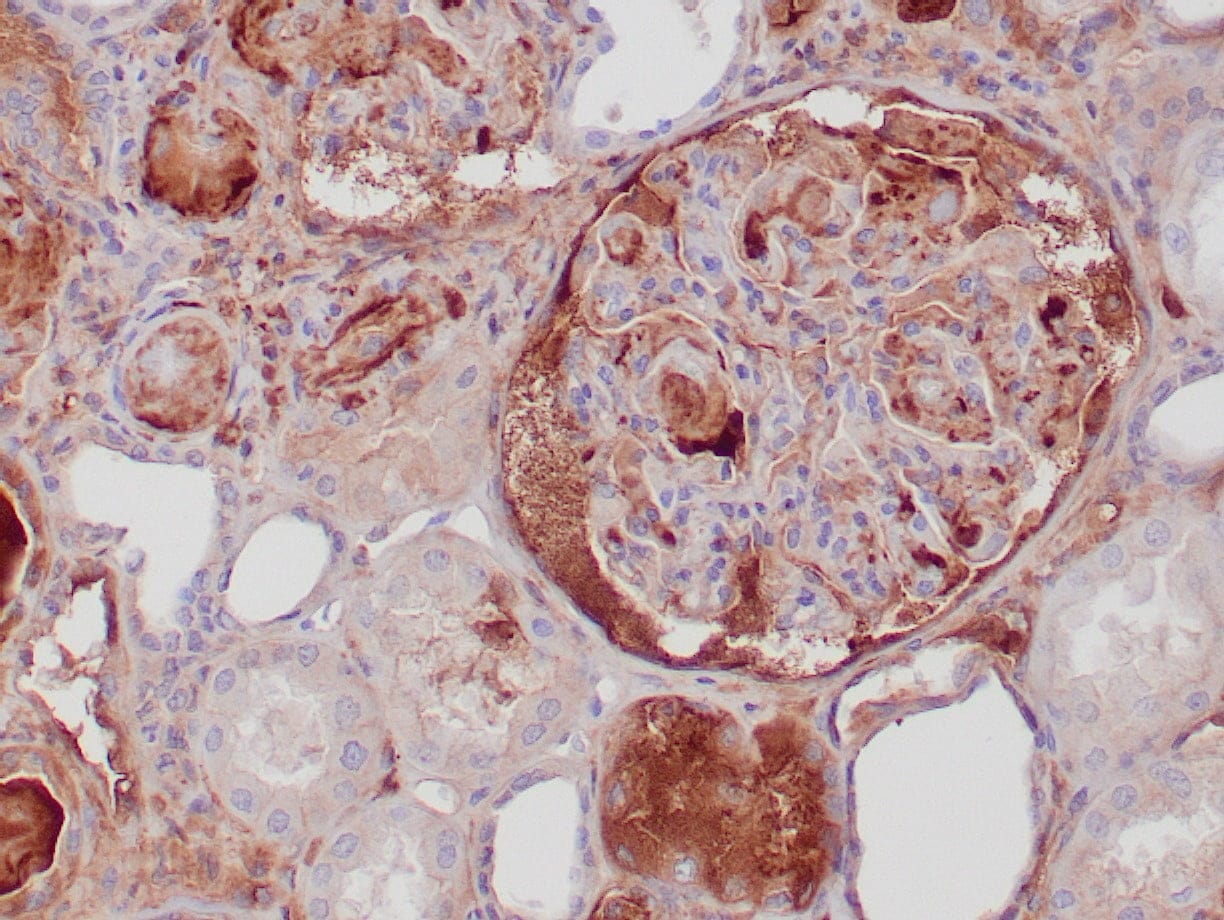 |
| Human transplanted kidney stained with anti-C3d antibody using peroxidase-conjugate and DAB chromogen. Note basement membrane staining of renal tubules and glomeruli. |
Publications
| pmid | title | authors | citation |
|---|---|---|---|
| We haven't added any publications to our database yet. | |||
Protocols
| relevant to this product |
|---|
| IHC |
Documents
| # | SDS | Certificate | |
|---|---|---|---|
| Please enter your product and batch number here to retrieve product datasheet, SDS, and QC information. | |||
Only logged in customers who have purchased this product may leave a review.

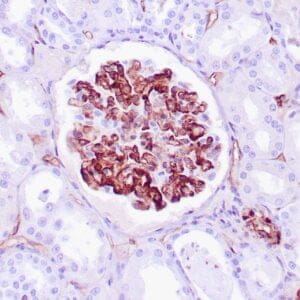

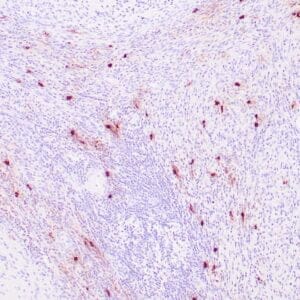
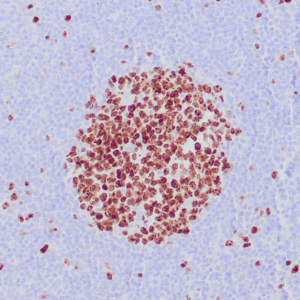
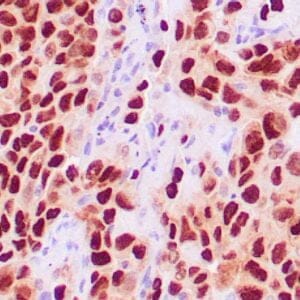
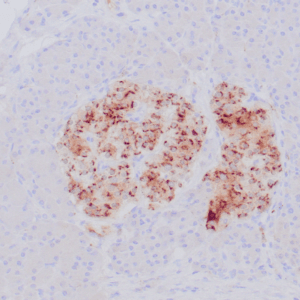

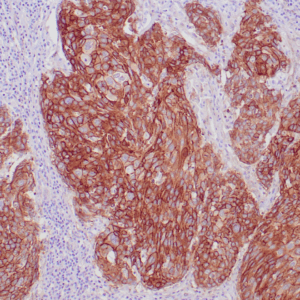
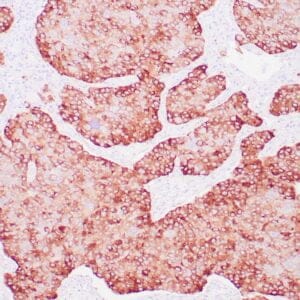
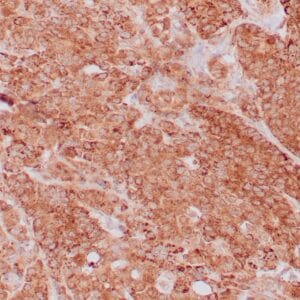
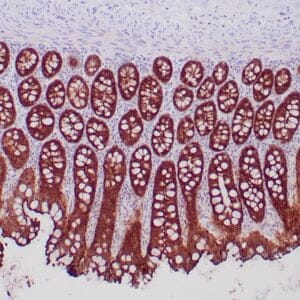


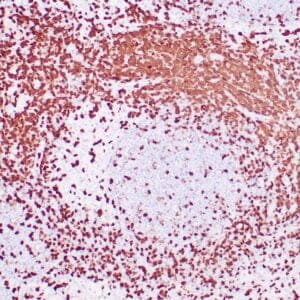
Reviews
There are no reviews yet.